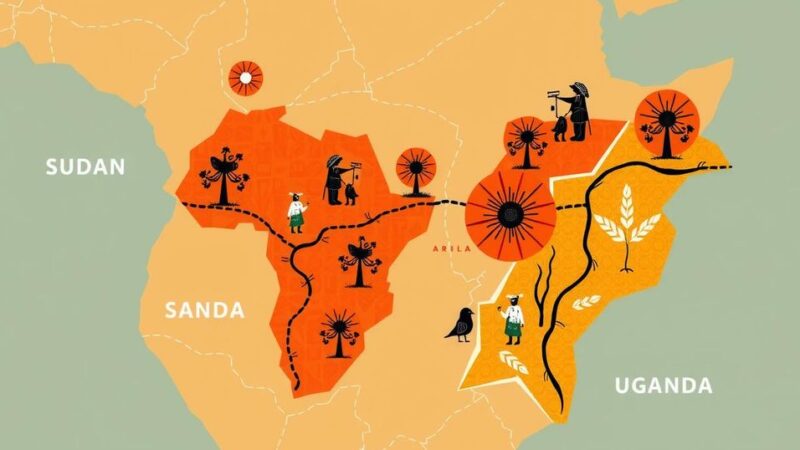On November 11, a 6.8-magnitude earthquake struck Cuba, with reports of tremors felt by 117 individuals. This event followed a series of seismic occurrences in Chile, Peru, Greece, California, and Hawaii over the preceding days, highlighting the global pattern of increased earthquake activity.
On November 11, a significant seismic event registering a magnitude of 6.8 occurred in Cuba, as reported by the United States Geological Survey (USGS). This earthquake was localized in Bartolomé at a depth of 14 kilometers, equating to approximately 8.7 miles. The USGS noted that, at the time of the report, there were 117 accounts from individuals who felt the earthquake’s impact. This incident in Cuba followed closely on the heels of a 6.2-magnitude earthquake in Chile, which took place on November 8 and was centered in Cochrane at a depth of 10 kilometers (around 6.2 miles). The Chilean earthquake was preceded by a 5.0-magnitude quake that struck Peru on November 7, centered in Changuillo at a considerable depth of 54.8 kilometers (approximately 34 miles). Additionally, the seismic activity included a 4.4-magnitude earthquake in California on November 7, which was registered in Borrego Springs at a shallow depth of 9.8 kilometers (about 6 miles). Further, on November 5, a 4.4-magnitude earthquake impacted Greece, centered in Chalandrítsa at a deep level of 82.3 kilometers (approximately 51.1 miles). To compound this activity, a 4.8-magnitude earthquake occurred in Hawaii on November 5, centered in Pāhala at a depth of 38.4 kilometers (around 23.9 miles). Finally, prior to these events, a 3.3-magnitude earthquake recorded on November 4 in California was located in Anza at a depth of 12.1 kilometers (about 7.5 miles). These recent seismic activities demonstrate the ongoing tectonic shifts around the globe, with various regions experiencing notable earthquakes within a short timeframe, reflecting the dynamic nature of Earth’s geological processes.
The occurrence and frequency of earthquakes are critical aspects of geophysical studies, reflecting the movement of tectonic plates beneath the Earth’s surface. This recent series of earthquakes showcases the interconnectedness of seismic events in various geographical locations, emphasizing the need for monitoring and preparedness measures in earthquake-prone regions. The data is often collected and reported by seismic monitoring organizations such as the United States Geological Survey (USGS), which plays a vital role in public safety and awareness.
In summary, the recent earthquakes across multiple regions, including Cuba, Chile, Peru, Greece, California, and Hawaii, signify a notable increase in seismic activity. The 6.8-magnitude earthquake in Cuba, alongside other significant tremors, underscores the essentiality of continuous geophysical research and public preparedness efforts in response to these natural phenomena. Observations from the United States Geological Survey serve as a crucial resource for tracking and understanding such events.
Original Source: buckeyecountry943.iheart.com






